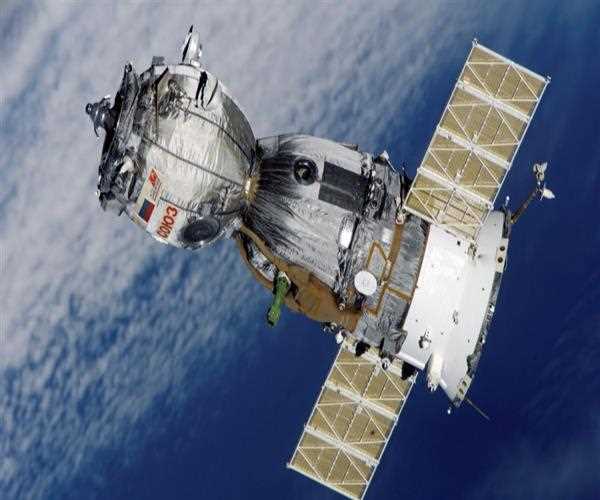What is the process of satellite communication? Given how frequently satellites are used nowadays for communication, among other things, this is a topic that is becoming more and more important. And it leads us to the subject of our most recent blog. But let's start at the beginning before we examine how satellites assist us in communicating over really long distances.
How do satellites work?
Basically, a satellite is any object that circles (or spins) around another object in space. Some satellites are created by nature, while others are created by humans. One natural satellite that orbits the planet is the moon. There are 185 known natural satellites in the solar system's six planetary satellite systems.
The word "satellite" today primarily refers to man-made spacecraft. These circle a planet similarly to their natural counterparts, with the main distinction being that they were put there on purpose.
The very first artificial satellite was Sputnik 1. The Soviet Union launched it into orbit on October 4, 1957. Since then, more than 40 nations have launched about 8,900 satellites.
Here, it's crucial to remember that satellites provide a variety of functions. For instance, they can be used to photograph planets they are launched into and to map the surfaces of stars and planets. Common types include communications satellites, navigation satellites, weather satellites, military and civilian earth observation satellites, and space telescopes.
In actuality, satellites also include space stations and manned spacecraft in orbit. Depending on the satellite's intended use, there are many different types of satellite orbits. The geostationary orbit, polar orbit, and low earth orbit are well-known (overlapping) classifications.
These satellites are sent into orbit in what manner? The satellite is sent into orbit using a launch vehicle, which is essentially a rocket. The rocket is typically fired from a launch pad on land, but some have been launched from a submarine, a movable maritime platform, or even an airplane.
In this blog, we'll examine communications satellites in more detail. They are known by this name because they are utilized for communication.
How do communications satellites work?
A communications satellite is a man-made satellite that uses a transponder to relay and amplify radio communications signals. In essence, it establishes a communication path between a source transmitter and a receiver situated at various points on the planet. Television, telephone, radio, internet, and military applications all use communications satellites. There are currently 2,134 communications satellites orbiting the planet, operated by both corporate and public sectors. The satellites seem stationary in the same location in the sky because many are in geostationary orbit 22,236 miles (35,785 km) above the equator.
Spacecraft Orbits
Depending on their orbits, satellites can be categorized. They have a Geostationary Orbit (GEO), which is 22,236 miles (35,785 km) from the earth's surface, as was previously mentioned. Here, as seen from the ground, the satellite seems to be in the same position in the sky. Thus, the satellite need not be followed by ground antennas as it moves across the sky.
The satellites in Medium Earth Orbit (MEO), whose orbital altitudes range from 2,000 to 36,000 kilometers (1,200 to 22,400 miles) above the earth, are the closest to the planet. Low Earth Orbit (LEO) refers to the area below medium orbits, which is located between 99 and 1,243 miles (160 to 2,000 kilometers) above the earth.
Satellite Communications' Ascent
The Soviet Union launched Sputnik 1, the first artificial earth satellite, into orbit on October 4, 1957. It had an on-board radio transmitter at the time that operated on the frequencies 20.005 and 40.002 MHz. As a significant development in space exploration and rocket development, Sputnik 1 was launched.
In spite of this, it wasn't put into orbit to transmit data from one location on Earth to another. In reality, Pioneer 1, a planned lunar probe, was the first satellite to carry signals.




Leave Comment